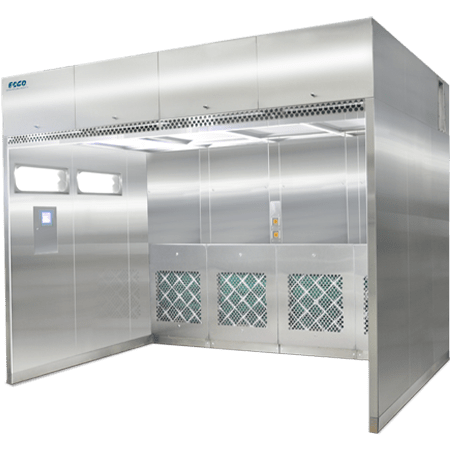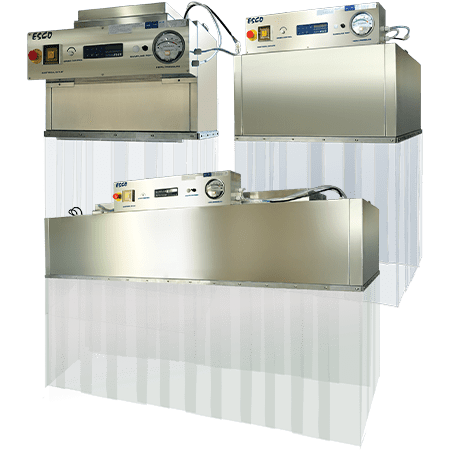How SAFE is your FOOD?

Ensuring food safety starts with production, at the farm level. In this regard, misuse of agro-chemicals, including pesticides, growth hormones and veterinary drugs may have harmful effects on human health. The microbial and chemical risks could be introduced at the farm level (e.g. using water contaminated by industrial waste or poultry farm waste for irrigation of crops). Good agricultural practices should be applied to reduce microbial and chemical hazards. Organic farming (without the use of pesticides) has been promoted in many countries globally, as there is a significant segment of health-conscious people. Although organic products are more expensive as compared to commonly available food items, there is a tendency among health- conscious consumers to eat less, but buy organic foods.
How food quality is evaluated
Careful sampling of the food is necessary for sensory evaluation and can done by consumers only. But it is not always possible to detect with sensory methods alone the contamination of food by pesticides, veterinary drug residues and adulteration, hence, qualified personnel is needed. Objective evaluation is done which includes chemical, physiochemical, microbial and physical methods of analysis. Chemical methods include the determination of nutritive value of foods before and after cooking, and to detect the products of decomposition and adulterants in foods. The most widely employed objective evaluation is the measurement of physical properties by the use of instruments. Measurements of the appearance and volume of foods are also important.

What tests and analyses are conducted on food samples?
The following are tests that can be conducted on food samples
- Food allergen testing
- Food chemical analysis
- Food contact tests
- Food contaminant testing
- Nutritional analysis and testing
- GMO (Genetically Modified Organism) testing
- Melamine contamination testing
- Microbiological testing
It is also noted to utilize containers that are clean, dry, leak-proof, wide-mouthed, sterile, and of a size suitable for samples of the product. Containers such as plastic jars or metal cans that are leak-proof may be hermetically sealed. Whenever possible, avoid glass containers, which may break and contaminate the food product. For dry materials, use sterile metal boxes, cans, bags, or packets with suitable closures. Sterile plastic bags (for dry, unfrozen materials only) or plastic bottles are useful containers for line samples.
What solutions Esco Pharma can offer?
To aid in the food sampling process, Down Flow Booths (DFB), an ultra-compact booth that fits perfectly for applications in research facilities, pilot labs, small scale powder handling, formulation labs and retrofitting into existing buildings where space is a premium. A form of containment providing product integrity, and operator/environmental protection.

Ceiling Laminar Airflow Units can also be used since these units provide enhanced aseptic work zones by utilizing uni-directional airflow to positively pressurise and remove contaminants from the working environment.

Esco Pharma® offers services and solution to various applications such as but not limited to food handling and processing. Standard measures on containment and sterility must be assured to protect the food samples from any kind of contamination and cross contamination hence, providing accurate results.





